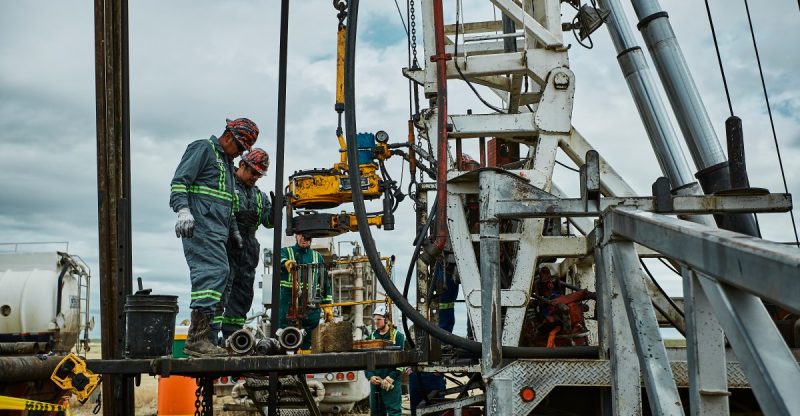
Methane, an odorless and colorless gas, is a significant contributor to global warming, trapping up to 84 times more heat than carbon dioxide over a short period. Nearly a third of the increase in global average temperatures since the Industrial Revolution is attributed to methane, with human activities like energy production and cattle farming being the primary sources. This makes reducing methane emissions a crucial step in mitigating climate change.
Despite the urgency, tracking methane emissions isn’t as precise as for carbon dioxide. The International Energy Agency reports a significant lack of measurement-based data globally, leading to underreporting of actual emissions. This makes it difficult to pinpoint sources, whether natural (like swamps) or human-induced (fossil fuel extraction, farming, deforestation).
Researchers are improving methane emission tracking using ground, aerial, and space-based surveillance. This has revealed surprising sources, such as coal mines and small oil and gas facilities. While low-cost solutions exist to curb these emissions, they are largely underutilized.
The United States, a major methane emitter, has seen a slow decline in emissions over the past 30 years. However, recent policy shifts threaten to reverse this progress. The increased focus on fossil fuel development, coupled with rollbacks of climate mitigation programs, could lead to a surge in methane emissions.
A significant portion of methane emissions originates from the oil and gas industry. Though methane is a valuable product, cost-effectiveness often leads to flaring (burning off) instead of capturing it. This reduces the overall climate impact compared to uncontrolled release, but still contributes to carbon dioxide emissions. The invisible and odorless nature of methane makes monitoring and prevention challenging and expensive, leading to suspicions that actual industry releases far exceed official estimates.
Coal mines also contribute significantly to methane emissions, potentially exceeding those from natural gas production. Methane embedded in coal deposits escapes during mining and continues to do so long after mine closure. The focus on coal extraction often overlooks methane release, leading to underreporting. Studies suggest that methane emissions from coal mines could be 60 percent higher than official figures, representing a climate impact equivalent to India’s total annual carbon dioxide emissions.
Recognizing the data gaps, nonprofits are using ground-based sensors, aerial monitors, and satellites to improve global methane emission tracking. Projects like MethaneSAT have revealed that smaller, dispersed oil and gas wells contribute disproportionately to US emissions, highlighting the need for comprehensive monitoring and regulation.
Fortunately, many technologies to control methane emissions from the energy sector already exist. The IEA estimates that 70 percent of fossil fuel sector methane emissions could be avoided using readily available, often low-cost, technologies. For the oil and gas industry, this could involve upgrading pipelines and installing capture systems. For coal mines, safer alternatives to existing methane separation techniques are available.
Despite the availability of solutions, their adoption remains low. Only a small percentage of oil and gas facilities globally employ zero-emission systems. Furthermore, millions of abandoned oil and gas wells and hundreds of thousands of abandoned coal mines continue to leak methane without accountability. The lack of regulatory mandates and the relatively low financial incentives for companies to invest in upgrades hinder progress.
The weakening of methane regulations further complicates the situation. While some funding is allocated for mine reclamation, funding for plugging abandoned oil and gas wells has been halted, and environmental reviews for new fossil fuel projects are being limited. Efforts to undo methane emission fees further weaken incentives for emission reduction. Without stronger regulations and incentives, methane emissions are likely to continue rising, pushing the world further away from its climate goals and accelerating global warming.









